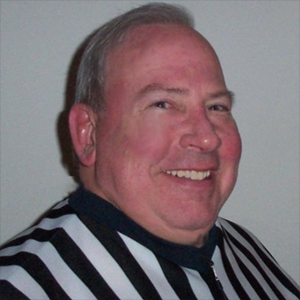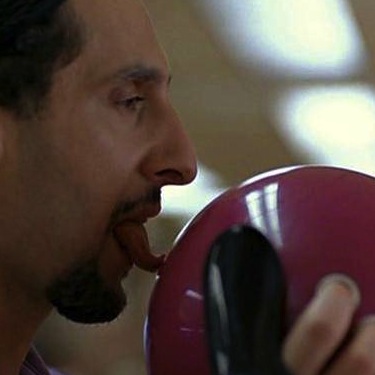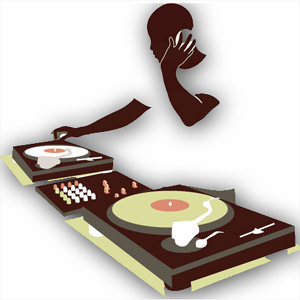
Rndballref
20 Years Experience
Chicago, IL
Male, 60
For twenty years I officiated high school, AAU and park district basketball games, retiring recently. For a few officiating is the focus of their occupation, while for most working as an umpire or basketball referee is an avocation. I started ref'ing to earn beer money during college, but it became a great way to stay connected to the best sports game in the universe. As a spinoff, I wrote a sports-thriller novel loosely based on my referee experiences titled, Advantage Disadvantage
I think this depends on the state interpretation of its own rules. My opinion is that the player should not sit out the game after a forfeit because it is not the player's fault that a team did not show for the game of his punishment. But i see it the other too.
The free throws offset. Go to the possession arrow for a half court throw in.
If an in bounder crosses the inbounds plane the defender has the right to touch the ball or rip it out.
Bowling Alley Attendant
 What do bowling alleys do to keep those nasty shoes clean/sanitary?
What do bowling alleys do to keep those nasty shoes clean/sanitary?
Call Center Employee (Retail)
 What's the craziest unprofessional-phone-rep story you've ever heard?
What's the craziest unprofessional-phone-rep story you've ever heard?
Bar Mitzvah DJ
 Why are DJ's so unwilling to accommodate song requests?
Why are DJ's so unwilling to accommodate song requests?
No, you do not award 4 free throws in this scenario. While tehnicals count against team foul bonus totals you do not get a technical and a common foul for the same action.To illustrate, let's assume there are 8 team fouls on team b and a technical foul is called. Team a gets 2 free throws and the ball, and the bonus count goes to 9. Then on the next play team b commits a common foul. Team a shoots 2 free throws because the count goes to 10.
Your question makes me think you have been tossed out of a gym and you object. Here it is in black and white.
In the NFHS rulebook, Rule 2 Officials and Their Duties, Section 8 Officials Additional Duties, Article 1, "The officials shall penalize unsporting conduct by any player, coach, substitute, team attendant or follower.In the same section under Article 1, "NOTE: The home management or game committee is responsible for spectator behavior, insofar as it can be reasonably be expected to control the spectators.The officials may rule fouls on either team if its spectators act in such a way as to interfere with the proper conduct of the game … When team supporters become unruly or interfere with the orderly progress of the game, the officials shall stop the game until the home management resolves the situation and the game can proceed in in an orderly manner."
In practice the way this works is an official notifies home management that a fan's behavior is unacceptable and the officials ask that home management eject the fan. Home management always complies because to refuse would force the official to penalize the home team starting with technical fouls potentially leading to a forfeited game. I only asked home management to throw out a handful of people in 20 years of officiating and they never refused my requests.
Ok. First there is no possession on the tip. So player A1 (jumper) tips the ball - no possession. Then, the ball comes to A2 who tips the ball to B1.
If A2 tipped the ball in a controlled manner, then A2 had possession and the arrow is set to team B. If A2 did not control the ball when A2 tipped it, then team B got the first possession and the arrow is set to team A.
-OR-
 Login with Facebook
Login with Facebook (max 20 characters - letters, numbers, and underscores only. Note that your username is private, and you have the option to choose an alias when asking questions or hosting a Q&A.)
(A valid e-mail address is required. Your e-mail will not be shared with anyone.)
(min 5 characters)
By checking this box, you acknowledge that you have read and agree to Jobstr.com’s Terms and Privacy Policy.
-OR-
 Register with Facebook
Register with Facebook(Don't worry: you'll be able to choose an alias when asking questions or hosting a Q&A.)